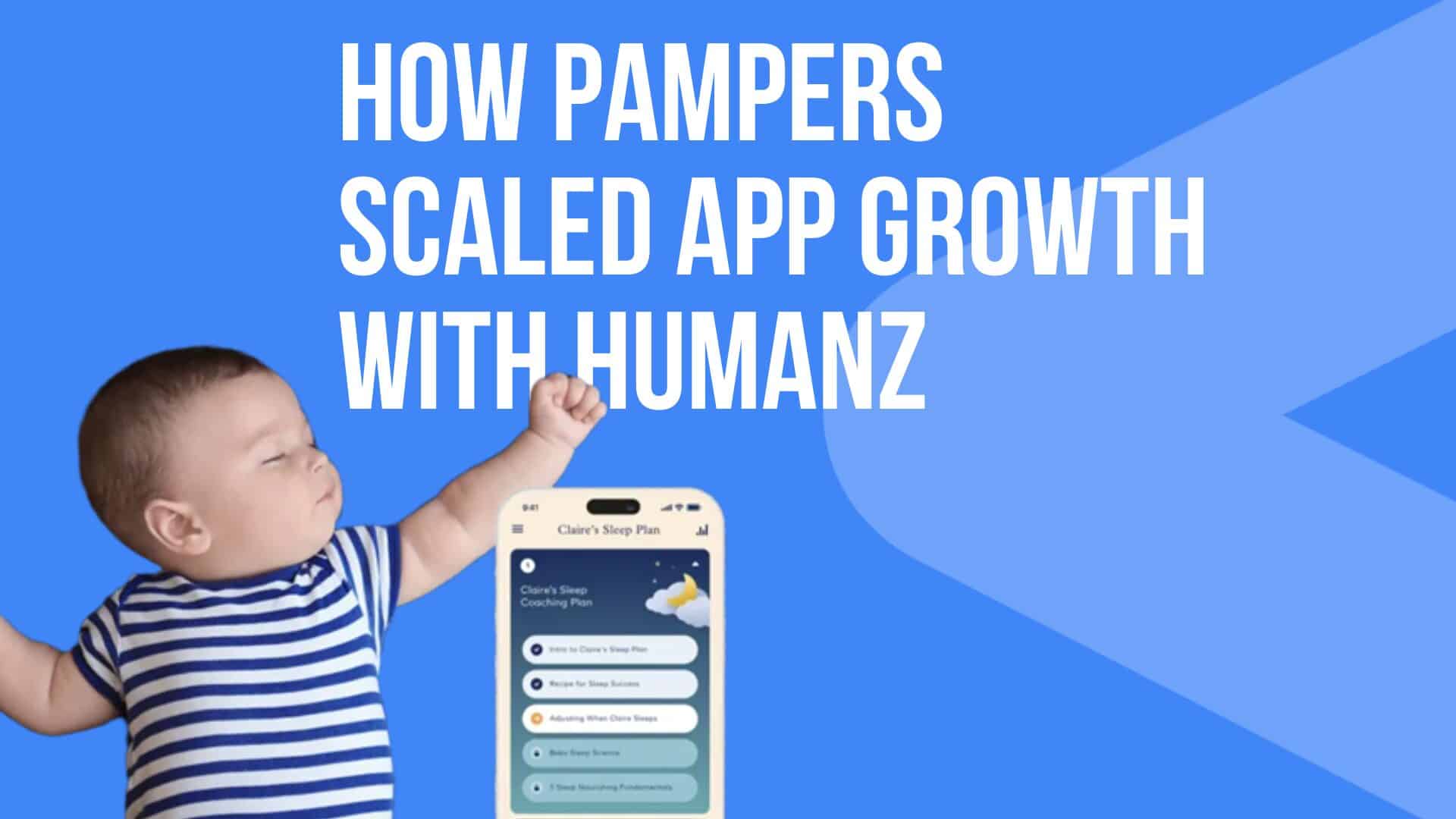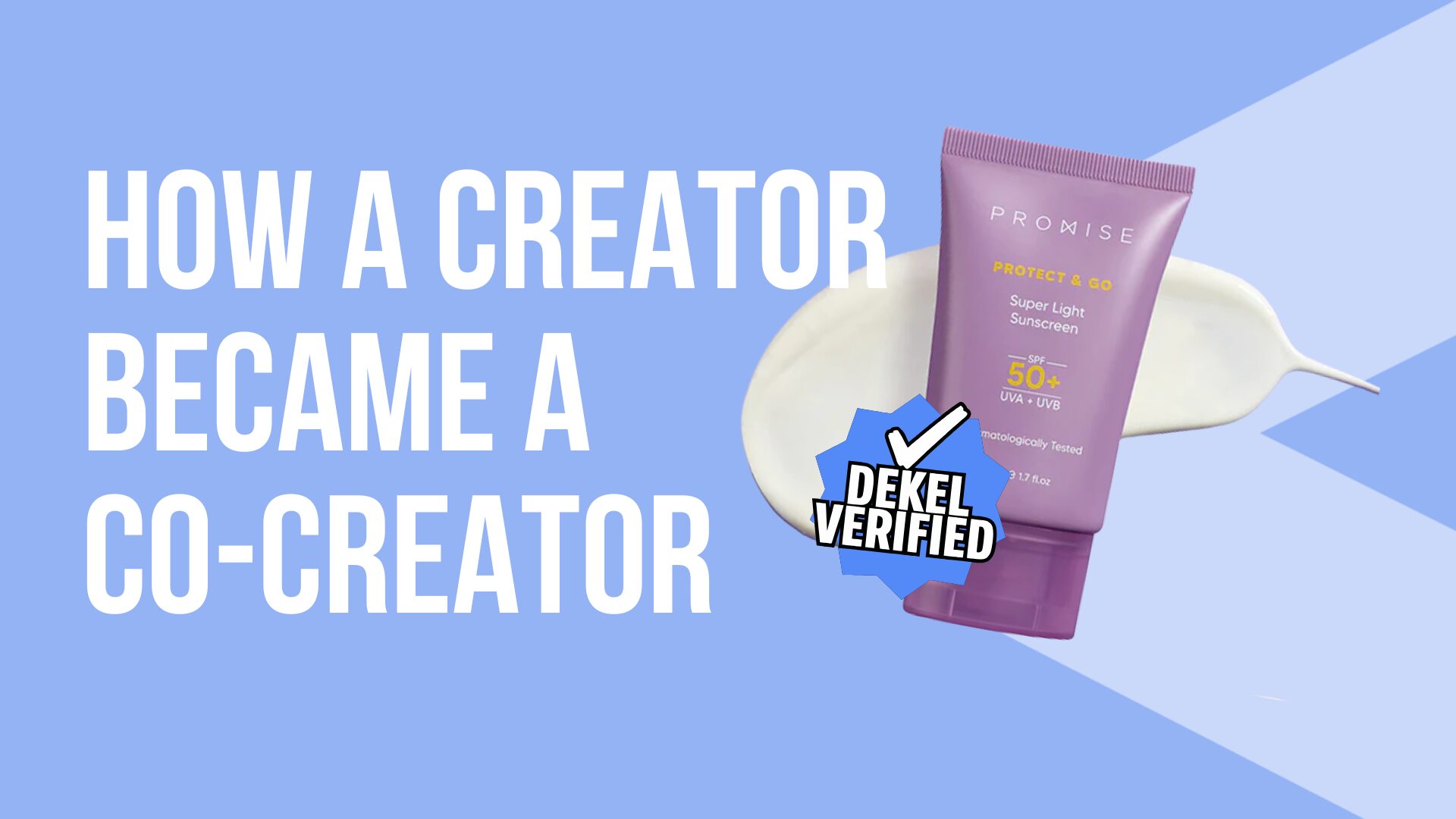You’ve noticed platforms like Instagram and TikTok taking over the world lately, right? If you’re a brand or marketer, it’s only natural you want in on the pie.
You want a chance to connect with your target audiences in a new way. And you want to bond with them in their natural habitat: social media. This is where influencer marketing comes in.
Influencer Marketing:
When a brand collaborates with influencers on social media. Usually, this kind of collaboration promotes a brand’s product or service. Influencers can be social media stars, niche experts, celebrities, or other public figures.
Influencer marketing is a massive industry and it’s only getting bigger by the second. But as more brands invest in this marketing direction, the stakes (and budgets) only get higher. And if you want to run a successful campaign, tracking your return on investment (ROI) is an absolute must.
So let’s cover ROI, what it looks like for influencer marketing, and how you can calculate it for any metric.
Here’s what you’ll learn about influencer marketing ROI:
What is ROI?
Let’s imagine marketing like it’s a money machine. And for every unit you put in the marketing machine, you get (on average) three units back. The money you get out by putting money in is ROI or return on investment. And it’s part of the marketing backbone.
ROI measures how profitable investments or expenditures are.
Sure, there are other reasons why marketing is important. Consider brand loyalty or engagement as examples. But ROI helps maintain the brand and, more importantly, helps grow the brand over time.
Since ROI is a way to quantify campaign performance, it’s measured with hard data. This means brands can make more accurate predictions about the future. And better predictions empower brands to make better decisions.
ROI in influencer marketing
A marketing strategy is like a wheel. And each marketing channel (like influencer marketing, PPC, and so on) is a spoke. All the spokes work together to keep the wheel moving forward.
You can measure the ROI of the whole wheel (the strategy as a whole). And you can also measure the ROI of each individual spoke (each channel). But before you tally up the ROI of an influencer marketing campaign, you have to know how much to invest.
For example, you’ve developed a campaign and it’s time to reach out to influencers you think are a great fit. How much do you pay them?
Influencers interested in the campaign can submit bids or price estimates. If a bid works for you, you can move forward. And if a bid doesn’t work, you can negotiate back and forth to find a price that works for everyone. Here are the most important metrics to judge whether an influencer’s bid is fair:
- Engagement rate
- Follower count
- Campaign or collaboration timeline
The higher an influencer’s engagement rate, the more you can expect to pay. The same applies to followers — the more they have, the more you spend. And the longer the campaign, the more expensive it is.
Now let’s circle back to ROI in influencer marketing. Unlike other marketing channels, influencer marketing ROI isn’t limited to sales. It can be brand awareness, engagement, or more followers. Let’s break down both types of ROI (sales vs. not sales) and see how to calculate each.
How to calculate ROI if the goal is more sales
If your campaign’s purpose is to generate more sales, here’s the formula for ROI:
ROI = [(Profit – Investment) / Investment] x 100
So if you invest $200 and yield $1,000 in profit, your ROI is 400%.
How to calculate ROI if the goal is other than sales
Plenty of influencer marketing campaigns shoot for things other than sales. Content creation, brand awareness, and follower count all matter in the long run.
In fact, 58% of brand marketers rank audience-building above conversions in this arena. And even though some goals aren’t as tangible as sales, they’re just as critical for a brand’s long-term health. For example, 49% of marketers invest in influencer marketing to generate engagement. And 47% use influencer marketing to reach new target audiences.
Top influencer marketing ROI metrics to track
The best metrics to track in this case are KPIs or key performance indicators. A KPI is something brands, organizations, and companies use to measure performance. You can think of them like a GPS tracker. It tells you how far you’ve travelled, and how far you have left to go.
For example, let’s say you’re a marketer who wants a campaign to generate 1k orders over the next three months. Your KPI is “1k order numbers.” And if the campaign has generated 300 sales so far, you know you have 700 more to go before satisfying the goal.
Here are some common KPIs marketers use to measure campaign performance:
- Clicks
- Conversions
- Customer loyalty (retention)
- Engagement
- New Followers
- Impressions
- Likes
- New customer reach
- Reach
- Reactions
- Referrals
- Revenue (sales)
- Views
Notice that all these KPIs are quantifiable — they’re represented by a number. This is true for all KPIs. If you can’t express it as a number, it’s not a KPI.
The KPIs you choose to track should align with your brand’s goal (or objective) and you only need 3 – 7 of them. For example, if your goal is to increase brand awareness, you can track these KPIs:
- New Followers
- Impressions
- Views
Remember to set up KPI tracking systems before the campaign launches. Otherwise, you’ll be stuck with incomplete data and you won’t know whether you succeeded. You also can’t calculate accurate ROI with missing data.
Calculate influencer marketing campaign ROI (step-by-step)
Now that you know which ROI metrics matter most to your brand, it’s time to analyze them. Follow the step-by-step guidelines below to calculate ROI for any influencer marketing campaign.
Step 1: Identify a clear campaign goal
As you design an influencer marketing campaign, think about what you want to achieve. Consider short-term and long-term goals. And focus on exactly what you want from your campaign.
If “more money” is your only goal, think again. Sales are important, no doubt. But they’re not the only way to build a powerful brand. There are tons of other marketing directions geared for just sales. Think pay-per-click (PPC) campaigns or advertising.
So keep in mind that influencer marketing is best for building brand awareness. And it’s the ultimate tool for creating powerful online connections with customers. Browse through the goals listed below to find ones that make sense for your business.
- Increase brand awareness
- Grow a strong following of people interested in your product
- Push traffic to your website
- Inspire user-generated content (UGC)
- Generate sales
Choose a single goal or mix and match a couple that overlap. Then identify KPIs for each goal and set up ways to track them.
Step 2: Tally up the campaign’s cost
Now that you’ve got a campaign goal in place, add up all the costs that go along with it. Here’s a worksheet to get started:
|
Expense Category |
Category Breakdown |
Estimated Cost |
|
Time |
|
$$$ |
|
Money |
|
$$$ |
|
Products |
|
$$$ |
|
Tools |
|
$$$ |
Add up all the costs in the third column to get a final expense total. Hang on to the total, you’ll need it later to calculate ROI.
In the meantime, stay in touch with your influencer and keep an eye on campaign progress. Make sure the collaboration goes as planned. For example, you’ll want to know whether an influencer posted the right content. And you’ll want to verify they published the agreed-upon number of posts.
Step 3: Calculate return metrics
Your campaign is complete. You tracked all the data. And you added up all the costs. Now it’s time to figure out whether the campaign was a success. Use the chart below to identify your return metrics:
|
Campaign Goal |
Metrics |
|
Engagement |
|
|
Brand Awareness |
|
|
Sales |
|
Step 4: Analyze your campaign’s results
Remember the ROI formula from earlier? We’re going to tweak it for each campaign goal, then use it to analyze success. Here’s the master formula:
ROI = (Return / Cost) x 100
Plug in your cost value from Step 2 and the return value from Step 3. Here’s a sample calculation:
|
Campaign Goal: Engagement |
|
Cost: $5,000 |
|
Return: 15 000 combined campaign engagements |
|
ROI = (15,000 / 5,000) x 100 |
|
ROI = 300% |
This means that you turned every $1 invested into $3 in returns.
If your ROI is equal to 100%, you broke even. If it’s less than 100%, you put in more than you got out. And if it’s greater than 100%, you earned a profit and got out more than you put in.
Final thoughts on influencer marketing ROI
Smart marketers know how important ROI is for success. So whether you’re new to influencer marketing or you’re already an expert, here are the key takeaways:
- ROI is measured in percentages and it should always be positive
- Your return value should exceed the amount of money you’ve invested
- ROIs should reflect your influencer marketing campaign’s goal
- ROI isn’t limited to sales. Increased brand awareness, growth in followers, and so on all count as returns
The more you invest in influencer marketing, the greater your reward. Not only can you count on increased sales, but you can also count on intangible successes. These can be things like organic growth and word-of-mouth.
So go ahead and dive into the world of influencer marketing — you just might find you get more out of it than you put in.











